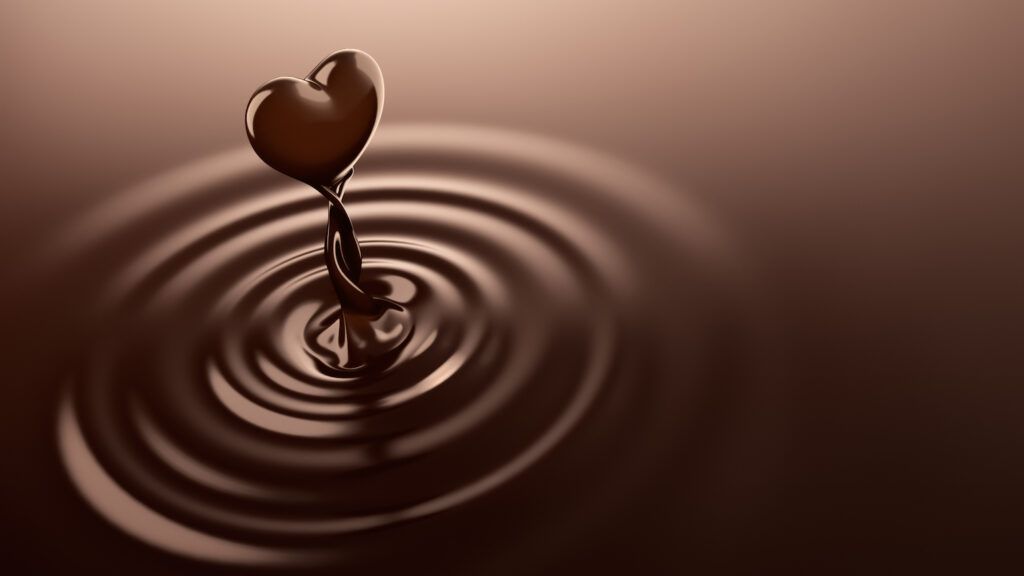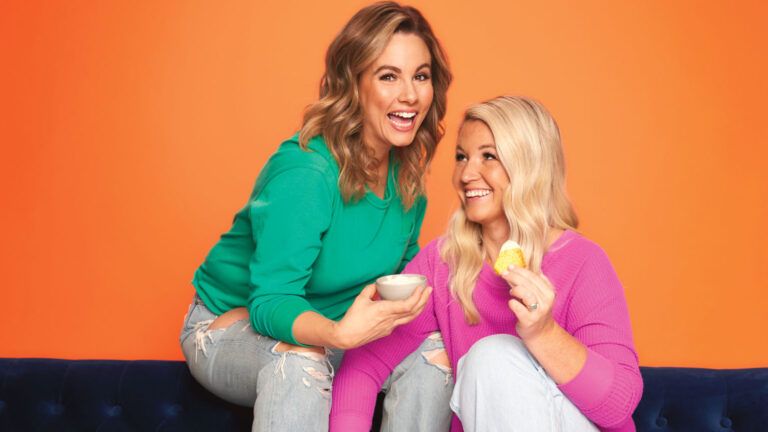In his book, In Defense of Food: An Eater’s Manifesto, Michael Pollan tells the story of a researcher who showed the words “chocolate cake” to a group of Americans, asking for their gut-reaction word associations. “Guilt” emerged as the top response.
When the same exercise was done with a group of French people, the top response was quite different—it was “celebration.”
As Valentine’s Day approaches, I’m thinking about the gulf that yawns between “guilt” and “celebration.” Imagining the feeling I get when I take in a forkful of luscious chocolate cake, a spoon of creamy ice cream or a few squares of a favorite chocolate bar, I wonder where my inner French eater might be hiding?
For some people, that little zing of American guilt may be a big part of what makes treats like chocolate so pleasurable. For others, a psychological principle called “the disinhibition effect” means that breaking a healthy eating rule once—like no chocolate on weekdays—actually makes us more likely to break it again, which drains chocolate of its “treat” status.
But I suspect that for most of us, we just like chocolate; it makes us feel good. We enjoy its sweet-bitter flavor balance, we associate it with birthdays, Valentine’s Day and other special occasions, and we feel like the day is a little bit more special when we have some.
We’re in good company—chocolate’s positive associations are centuries-old.
Societies have long associated chocolate with medicine. Aztecs, Mayans and European cultures used various preparations of cacao, the base ingredient in chocolate, for its anti-inflammatory properties that lower cholesterol and treat ailments from diarrhea to headaches to coughs to fatigue. To this day, scientists are learning more about medicinal chocolate—though aficionados are often disappointed to learn that to have health benefits, chocolate needs to be free of the fat and sugar that many of us find so delicious.
Then there’s the tradition of Valentine chocolates. In the 14th century, the poet Chaucer wrote that Saint Valentine’s Day is a day in which birds and other creatures choose their mates. It was 500 years later, though, that historians believe chocolate was first connected with Valentine’s Day. In mid-19th century England, the Victorian sensibilities around public expressions of love met the Cupid- and heart-bedecked boxes of chocolate made by Richard Cadbury. Just step into any grocery, drugstore or sweet shop in February, and you’ll understand that the Western world hasn’t looked back.
But back to Michael Pollan and the invitation to ditch the guilt when it comes to Valentine’s Day chocolate—or any day chocolate. One of Pollan’s rules for a healthy relationship with food is never to eat anything your great-grandmother wouldn’t recognize as food. So if you’re snapping off a piece of a chocolate bar, or smoothing frosting onto a rich cake, you can feel good that you are tucking into food with a special, positive history. Maybe then you can remember to celebrate every single bite.




